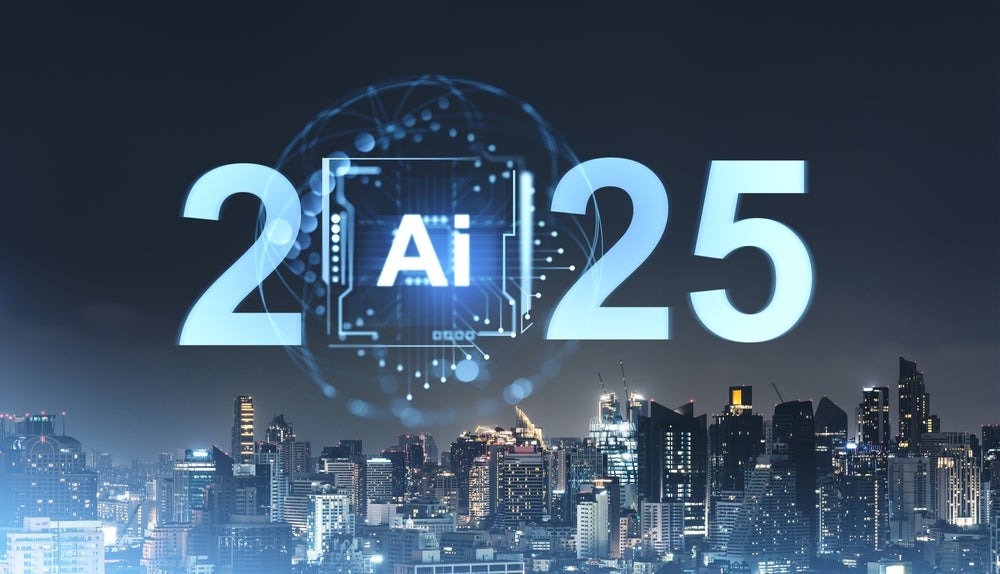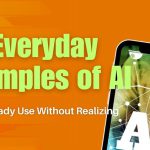Artificial Intelligence is no longer just a tool—it’s becoming the backbone of innovation across industries. From powerful new language models to robots that can think and act, 2025 has already given us a wave of groundbreaking AI technologies that are pushing the boundaries of what’s possible. Let’s dive into the latest AI technologies themselves—not just how they’re used, but the innovations powering them.
🔹 1. OpenAI GPT-5
Launched in August 2025, GPT-5 represents the next giant leap in language models. It combines adaptive reasoning with lightning-fast responses, excelling in coding, math, creative writing, and even visual perception. Unlike earlier models, GPT-5 can decide when to answer instantly or take time to “think deeply,” making it a true expert-level AI system.
🔹 2. Anthropic Claude 4 (Opus & Sonnet)
Claude 4 introduces hybrid reasoning models—capable of both rapid responses and extended, multi-step problem solving.
-
Opus 4 can maintain deep reasoning workflows for hours.
-
Sonnet 4 is optimized for speed and coding tasks.
This flexibility makes Claude 4 one of the most versatile AI models available.
🔹 3. Google DeepMind’s Gemma Series
DeepMind has been releasing open-source LLMs under the Gemma family. The latest, Gemma 3, supports multimodal input (text + images), multiple languages, and long-context processing (up to 128k tokens). Variants like PaliGemma (vision-language) and DolphinGemma show how specialized AI models are becoming.
🔹 4. Mistral AI’s Open Models
France-based Mistral AI is redefining openness in AI. Its new releases include:
-
Mistral Small 3.1: A 24B parameter model with image/document understanding.
-
Magistral Models: First open models with chain-of-thought reasoning built-in.
-
Devstral Small 24B: A coding-focused model that outperforms many bigger competitors.
These innovations make cutting-edge AI accessible to developers worldwide.
🔹 5. DeepSeek V3.1
China’s DeepSeek V3.1 is designed with hybrid inference and domestic chip support, showing how AI is being optimized for efficiency and sovereignty. It strengthens China’s position in the global AI race.
🔹 6. IBM–NASA Surya Model
Surya, an open-source AI model co-developed by IBM and NASA, is built to forecast solar weather—predicting how solar activity impacts Earth. This is a major step in domain-specific AI, proving that foundation models can go beyond general chat and into specialized scientific fields.
🔹 7. Vision–Language–Action (VLA) Models
Robotics is entering a new era with VLA models—systems that combine vision, language, and action:
-
Helix by Figure AI: Powers humanoid robots with real-time visuomotor control.
-
NVIDIA GR00T N1: Similar dual-system design for physical world interactions.
-
Gemini Robotics (DeepMind): Brings Gemini’s intelligence into robotic applications.
These models mark the transition from digital brains to embodied intelligence.
🔹 8. Manus AI & Agentic Systems
2025 has also given rise to agentic AI—autonomous systems that plan, reason, and execute multi-step tasks with little human input. Manus AI is one such system, capable of acting as a true general-purpose agent. This could be the first real step toward Artificial General Intelligence (AGI).
🌟 Final Thoughts
The AI technologies of 2025 aren’t just upgrades—they’re redefining what intelligence looks like in machines. From GPT-5’s adaptive reasoning to VLA-powered robots and autonomous AI agents, the future is being built right now.
The question is no longer what AI can do for us—but how far we’re willing to let it go.


